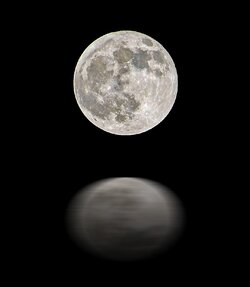bvjgcigh
TPF Noob!
- Joined
- Apr 9, 2013
- Messages
- 55
- Reaction score
- 2
- Can others edit my Photos
- Photos OK to edit
Follow along with the video below to see how to install our site as a web app on your home screen.

Note: This feature currently requires accessing the site using the built-in Safari browser.

Thanks for the wonderful response! I must ask, how do you determine what iso and f-stop I used? Can you tell by just looking at it? Next time I see the moon, I hope to use your tips!
I haven't reached the level of Hexadecimal Master to be able to read a picture straight from a text file...
I haven't reached the level of Hexadecimal Master to be able to read a picture straight from a text file...
That's just a comment. Not the image data.
I took the hex stuff out since it's pretty useless.
I haven't reached the level of Hexadecimal Master to be able to read a picture straight from a text file...
That's just a comment. Not the image data.
I took the hex stuff out since it's pretty useless.
It's not useless with the right software.

Thanks for the wonderful response! I must ask, how do you determine what iso and f-stop I used? Can you tell by just looking at it? Next time I see the moon, I hope to use your tips!
I shot this with the Nikkor 70-300. I think my ISO was 100, F/8 and I adjusted shutter accordingly to expose for the moon. After some post processing, this is the most detail I could get out of it. The key is to keep the camera as steady as possible and some post processing is usually necessary to bring out the texture and contrast. I know the reflection is cheesy and unnecessary but I was just messing around with effects on PSE.
View attachment 43375